Shipping quote request
We’ll calculate the shipping price as soon as getting your request.
Shipping quote request
We’ll calculate the shipping price as soon as getting your request.
You May Also Like
More from this Dealer
Pre-Hispanic Ecuadorian Chair of Power

19th Century Table Clock Arab Warrior
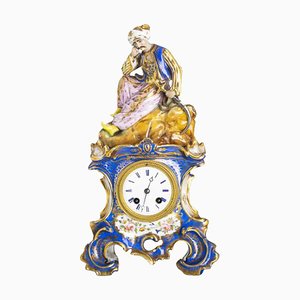
Art Nouveau Onyx Barbedienne Clock, 19th Century
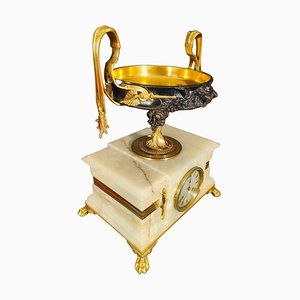
Early 20th Century Italian White Marble Stoup
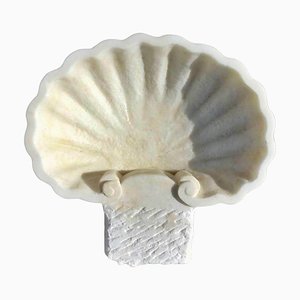
Vintage Italian Paperweights in Veined Black Marble, Set of 3

Miniature Monkey Candlesticks, 1880s, Set of 2

Early 20th Century Unicorn in Terracotta
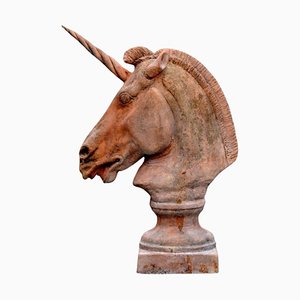
Begin 20th Century French Three Graces Art Deco Flower Bowl

Art Deco Disco Dancer by Marcel André Bouraine

19th Century Louis XV Desk
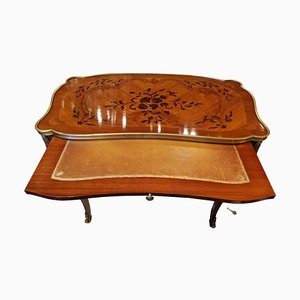
Early 20th Century Giustiniani Athena Head in Patinated Terracotta
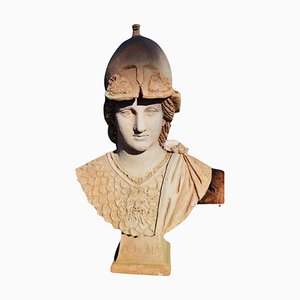
18th Century Cut-Out Box, Sèvres
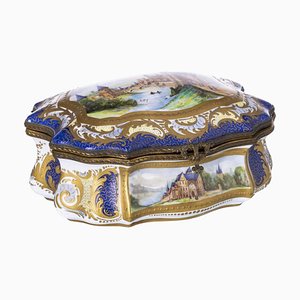
Rock Crystal and Quartz Candlesticks, 1880s, Set of 2
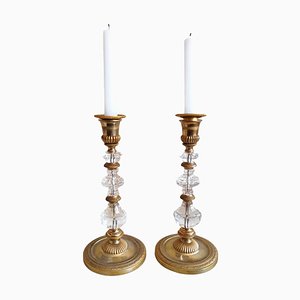
Large Polished Metal Decorative Mask, 1950s

18th Century Portuguese Azulejos Panel Battle Scene
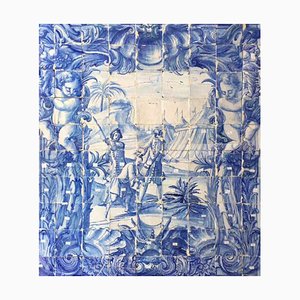
19th Century Italian Walnut Wall Table

19th Century Empire French Ringed Double Sided Stone
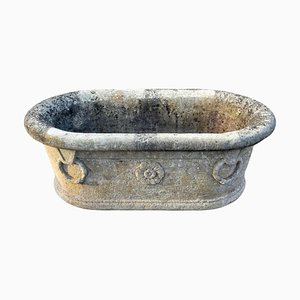
Napoleon III Empire Table, Early 19th Century

Terracotta Fountain Masqueron, 20th Century

Decorative Riace Warriors in Bronze, 1920s, Set of 2

More Products
Get in Touch
Make An Offer
We noticed you are new to Pamono!
Please accept the Terms & Conditions and Privacy Policy
Get in Touch
Make An Offer
Almost There!
To follow your conversation on the platform, please complete the registration. To proceed with your offer on the platform, please complete the registration.Successful
Thanks for your inquiry, someone from our team will be in touch shortly
If you are a Design Professional, please apply here to get the benefits of the Pamono Trade Program